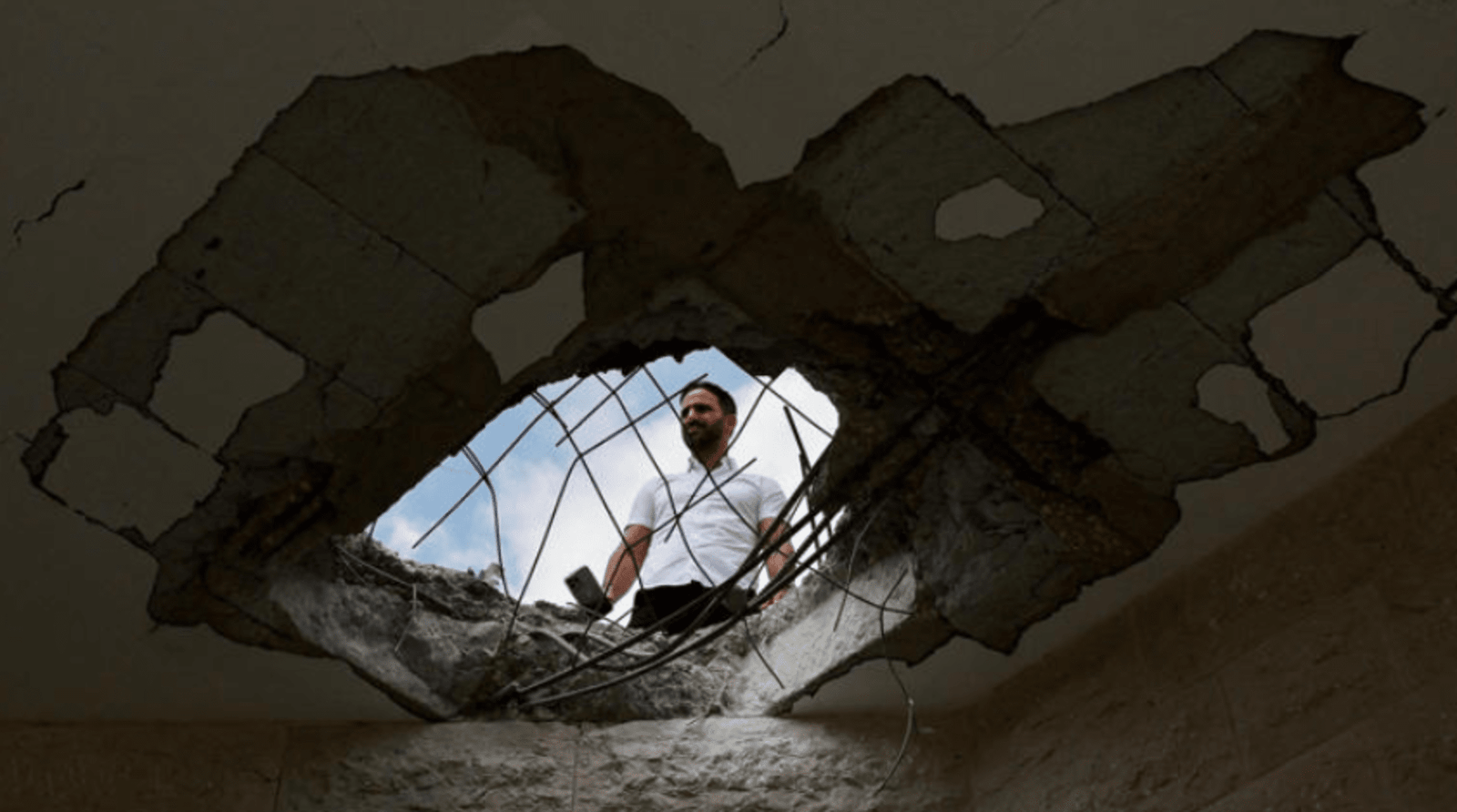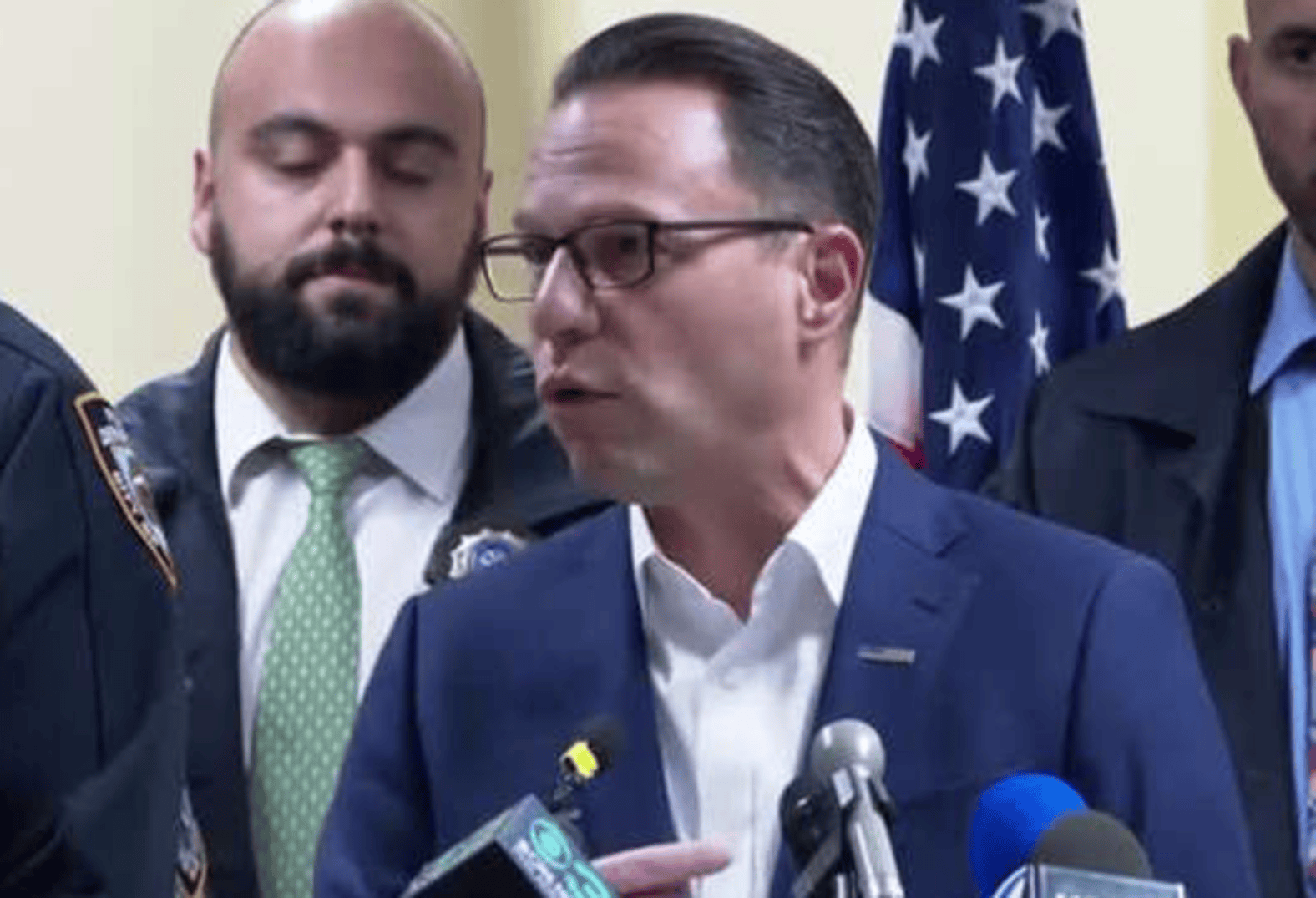
5 Factors Driving the Israel-Hezbollah Crisis
Recent hostilities between Israel and Hezbollah have escalated tensions in the Middle East. The situation remains volatile, with each side trading strikes. This article examines the recent events, the UN’s response, and the broader implications for the region. 5 Factors Driving the Israel-Hezbollah Crisis
Background on the Conflict
The latest clashes between Israel and Hezbollah mark a significant increase in hostilities. The conflict began when Hezbollah launched rockets into northern Israel. The exchange of fire has raised concerns about a larger regional conflict.
Details of the Recent Exchanges
Hezbollah’s rocket attacks targeted Israeli civilian areas. The rockets caused damage and injuries. Israel’s response involved airstrikes aimed at Hezbollah’s military infrastructure. Both sides have suffered casualties, though the exact numbers are still being verified.

UN’s Call for De-escalation
The United Nations has been vocal in urging both parties to de-escalate. The UN Secretary-General expressed deep concern over the violence. He called for an immediate ceasefire and urged both sides to return to dialogue. The UN’s role is critical in mediating and reducing tensions in the region.
International Reactions
The international community has reacted strongly to the renewed violence. The United States and European nations have joined the UN in urging both Israel and Hezbollah to avoid further violence. This international pressure aims to prevent the situation from deteriorating further.
Humanitarian Concerns
The violence has resulted in significant humanitarian concerns. Many civilians in both Israel and Lebanon are affected by the conflict. The UN and various humanitarian organizations are working to provide aid to those impacted.
Impact on Regional Stability
The escalation between Israel and Hezbollah threatens regional stability. The Middle East has been a hotspot for conflicts, and this recent violence adds to existing tensions.
Hezbollah’s Position
The group’s actions are often seen as part of a broader struggle against Israeli policies and military actions in the region.
Israel’s Response
Israel’s response to the rocket attacks has been swift and decisive. The airstrikes on Hezbollah targets are part of Israel’s broader strategy to address security threats. However, these actions also risk escalating the conflict further.
Diplomatic Efforts
Diplomatic efforts are crucial in addressing the current crisis. The UN is working with regional partners to mediate between the conflicting parties. Diplomatic channels are being explored to facilitate a ceasefire and negotiate a peaceful resolution. The success of these efforts will be vital in determining the future of the conflict.
Media Coverage
The media has played a significant role in reporting on the conflict. Coverage of the violence has been extensive, with various news outlets providing updates on the situation. Media reports have highlighted the impact on civilians and the broader implications for the region. Accurate and responsible reporting is essential in shaping public understanding and response to the crisis.
Potential Outcomes
The future of the conflict remains uncertain. Several potential outcomes could result from the current situation. However, without addressing the underlying issues, the risk of renewed conflict remains high. Long-term peace will require comprehensive solutions and sustained diplomatic efforts.
Lessons from Past Conflicts
The current situation draws parallels with past conflicts in the region. Learning from past experiences can inform current diplomatic and military strategies. Addressing the root causes of the conflict is crucial for achieving lasting peace.
Role of Regional Powers
Countries such as Iran and Syria have historically been involved in supporting Hezbollah. Their involvement complicates the situation and influences the broader geopolitical landscape. Regional cooperation and dialogue are essential for addressing the conflict’s root causes.
Public Opinion
Public opinion in both Israel and Lebanon is influenced by the ongoing violence. The conflict has sparked debates and discussions within both societies. Public sentiment can impact government policies and the broader approach to the conflict. Understanding public opinion is important for assessing potential support for peace initiatives.
Challenges in Peacebuilding
Peacebuilding in the Middle East faces numerous challenges. The complex web of historical grievances, political interests, and regional dynamics makes resolution difficult. Effective peacebuilding requires addressing these challenges and fostering mutual understanding. The involvement of international organizations and regional actors is crucial in supporting these efforts.
Deep-Rooted Grievances
Conflicts often stem from long-standing historical grievances, ethnic tensions, and deep-seated mistrust. These issues can be difficult to address as they are ingrained in the fabric of societies. Overcoming historical injustices and fostering reconciliation requires sustained dialogue and genuine efforts to address past wrongs.
Conclusion
The recent escalation between Israel and Hezbollah highlights the fragility of peace in the Middle East. The UN’s call for calm is an important step towards de-escalation, but the situation remains tense. Both sides have engaged in significant violence, raising concerns about the potential for a broader conflict. International and diplomatic efforts will be crucial in resolving the crisis and preventing further deterioration. The path to lasting peace will require sustained dialogue, addressing underlying issues, and fostering regional cooperation.







